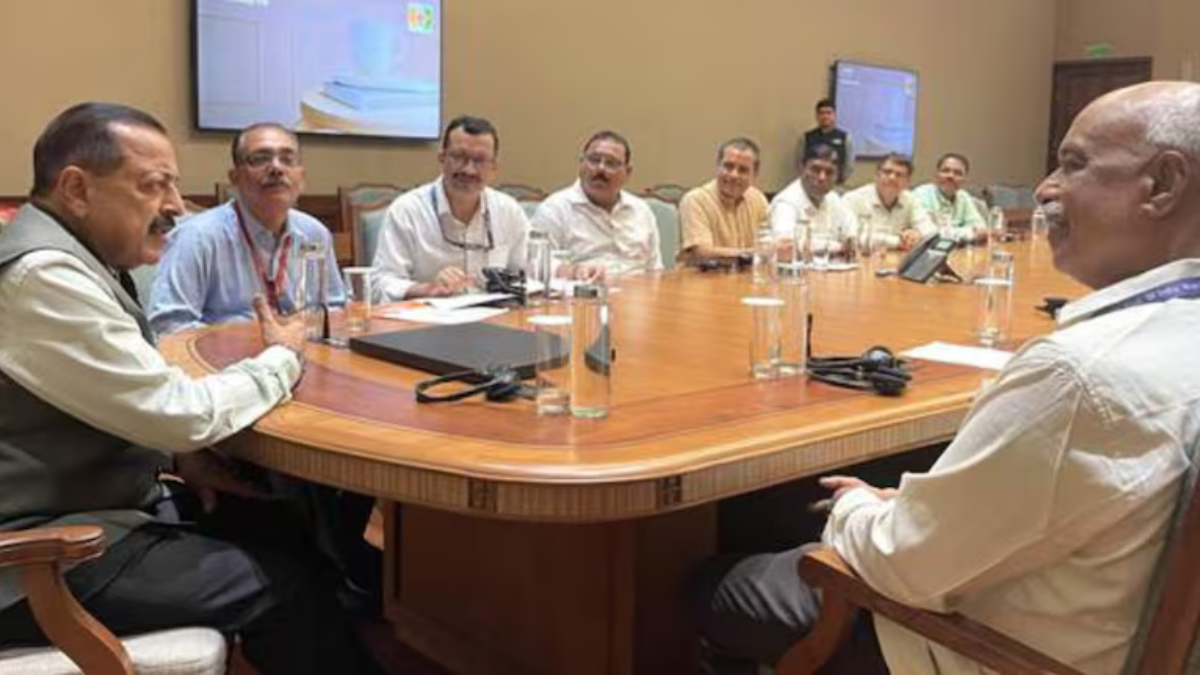The government has approved the formation of the 8th Pay Commission, which is expected to revise the pay, allowances, and pensions of more than 1 crore central government employees and pensioners across India. The timeline, structure, and expected benefits indicate a major step toward improving employee welfare and tackling inflation-linked challenges in 2025-26.
8th Pay Commission News 2025
The 8th Central Pay Commission (CPC) heralds a significant economic event for over 1 crore central government employees and pensioners. Set for implementation by January 2026, it promises a minimum basic pay hike of up to ₹41,000, a fitment factor between 2.28 and 2.46, and modernization of the pay matrix to reflect current living standards.
8th Pay Commission Formation and Timeline
The Union Cabinet approved the formation of the 8th Central Pay Commission (8th CPC) on January 16, 2025. The commission will revise pay scales, allowances, and pensions based on current economic parameters, productivity factors, and inflation patterns.
- Effective date of implementation: 1 January 2026
- Report submission: Expected by mid-2027 after a detailed review
- Full implementation & arrears payout: Likely by 2028, with retrospective effect from January 2026.
8th CPC Minimum Pay Revision: Expected Hike
The 8th CPC proposes a significant salary revision through an increased fitment factor and merged Dearness Allowance.
| Particulars | 7th CPC | 8th CPC (Expected) |
| Minimum Basic Pay | ₹18,000 | ₹41,000 |
| Fitment Factor | 2.57 | 2.28 to 2.46 |
| Expected Pay Hike | – | 30%-34% |
| DA (to be merged into basic pay) | 55% (current) | Reset to 0% from Jan 2026 |
The fitment factor is the key multiplier that determines an employee’s revised basic pay. The expected rise indicates a 34.1% increase in minimum salary, benefitting employees from lower to mid-level pay scales.
8th CPC Implementation and Pay Matrix Change
The 8th CPC will continue the Pay Matrix system introduced in the 7th CPC, but with higher entry pay levels and redefined increments.
- Revised levels will reflect the merger of DA (Dearness Allowance) into the new base pay.
- Allowances like HRA (House Rent Allowance), TA (Travel Allowance), and LTC (Leave Travel Concession) will be recalculated as per the revised pay.
- Grade Pay structure remains discontinued; instead, career progression and promotions will be linked to new matrix levels.
Expected Employee Benefits from the 8th Pay Commission
1. Substantial Increase in Take-Home Pay: Employees could see a net rise of 30%-34% due to the new fitment factor and merged DA.
2. Pension Revision: The pension formula will adjust to align with new pay levels, benefiting 67.85 lakh pensioners. The hike ensures parity between serving and retired officials.
3. DA Reset and Resumption: At the start of 2026, DA will drop to 0% after being merged with basic pay; subsequent increments will resume biannually (January and July).
4. Improved Government Retention and Morale: Enhanced compensation aims to maintain parity with private sector inflation trends and motivate workforce productivity.
5. Arrears Benefit: If implemented retrospectively from January 2026, employees will receive up to two years of arrears for the difference between the revised and existing pay structures.
Why the 8th Pay Commission Matters
The last pay revision under the 7th CPC occurred in 2016, bringing a 14% salary rise and introducing the Pay Matrix. With rising living costs and inflation averaging over 6%, the 8th CPC ensures that salaries remain competitive. It also plays a crucial role in determining:
- Dearness Relief (for pensioners)
- Allowance ceilings
- Pay parity among central and state employees
The upcoming pay revision will directly impact sectors like defence, railways, postal services, and central ministries, representing a massive government expenditure component but also stimulating domestic consumption.




 Daily Current Affairs News: 24th Decembe...
Daily Current Affairs News: 24th Decembe...
 Bank of India Apprentice Salary 2026 and...
Bank of India Apprentice Salary 2026 and...
 IBPS RRB PO Prelims Cut Off 2025 Out, Ch...
IBPS RRB PO Prelims Cut Off 2025 Out, Ch...







